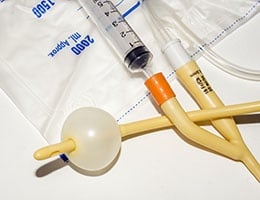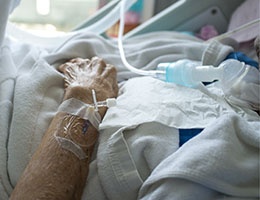
Intoxication! Talk about a red flag! Let’s consider two “flavors,” if you will. First, the patient with an actual chief complaint AND who happens to be intoxicated. Next, the patient who presents with apparent intoxication and no other immediately obvious issues. And for those of you who have not had a busy shift in an urban emergency department, the number of patients with altered mentation secondary to alcohol can be remarkable. Unfortunately, many of these patients get to be regular visitors; they are well known by the emergency providers and are often on a first-name basis.










